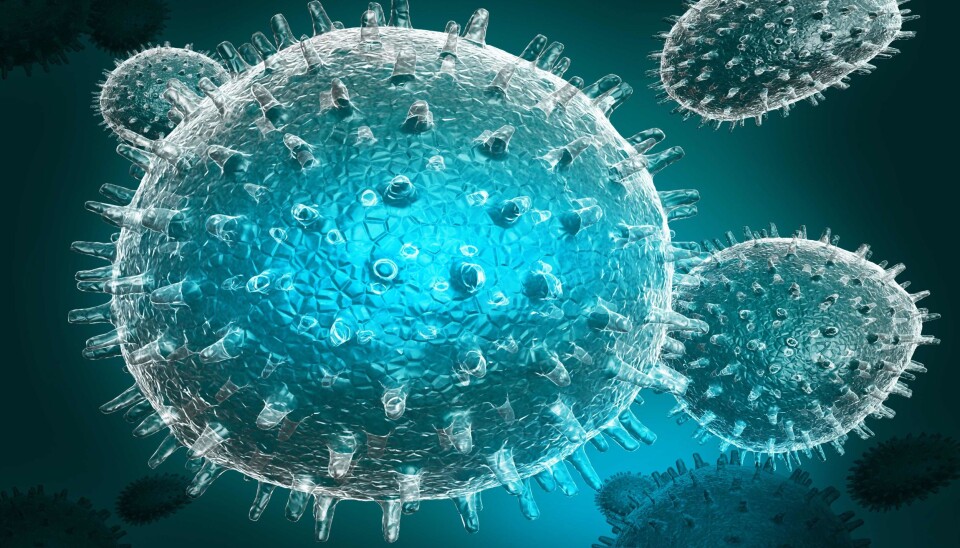
Cancer enzymes are smarter than we thought
Scientists have discovered a previously unknown ability in some enzymes, which can cause cancer to spread if they are unbalanced. The discovery of this function may be crucial to more effective treatment, says researcher.
Enzymes that can contribute to the spread of cancer are more sophisticated than we used to think.
“We actually expected our experiment to reveal that the enzymes did not have this ability, but surprisingly we found that they did,” says Stine Friis on the phone from the US, where she carries out research on behalf of Copenhagen University at the American National Institutes of Health.
Discovery may improve treatment
Cancer is currently being treated based on the assumption that the enzymes should be prevented from cleaving the next substance in a chain. This is done to prevent a chain reaction which would trigger the cancer to spread.
This, however, is probably only half of the solution:
“So far we’ve only been putting a sock in the mouth of the enzyme, leaving it incapable to ‘bite’ the next substance in the chain. But if we want to block the entire signalling pathway, it appears that we’ll also need to tie down its arms, so it cannot bind to another enzyme,” says Friis, who holds a PhD in molecular biology.
The findings are published in the Journal of Biological Chemistry.
Enzymes keep chain reaction going
The researchers discovered that the enzymes can activate one another in more ways than one. Roughly speaking, they can cut and bind at the same time.
Up to now it was believed that the enzyme could only pass on a message to the next enzyme in the signalling pathway by ‘cutting’ into it.
However, it turned out that they can also keep the chain reaction going merely by binding to one another. That surprised the researchers.
Cells go crazy
If this chain reaction gets out of control, it can cause cells to spiral out of control and become cancerous. The problems arise when the enzymes become unbalanced.
An earlier study with mice has revealed a close link between ‘too many’ of these special enzymes and the development of cancer.
All the experimental mice with elevated levels of matriptase developed precancerous lesions, and 7 out of 10 ended up with skin cancer.
Correlation needs to be clarified
”We have been focusing a great deal on how the enzymes cleave one another, but we can see that they are capable of doing something more than what our simplified model tells us,” says Friis.
She says the way has now been paved for studying where on this signalling pathway this newly discovered function plays in, and how exactly the enzymes ‘assist’ the cancer.
”You could say that we’re entering a new era for this type of enzymes. I think we’ll now be seeing a lot of research into this field.”
------------------------
Read the Danish version of this article at videnskab.dk
Translated by: Dann Vinther
Scientific links
- 'A Matriptase-Prostasin Reciprocal Zymogen Activation Complex with Unique Features: PROSTASIN AS A NON-ENZYMATIC CO-FACTOR FOR MATRIPTASE ACTIVATION', J Biol Chem. (2013), DOI: 10.1074
- 'Deregulated matriptase causes ras-independent multistage carcinogenesis and promotes ras-mediated malignant transformation', Genes Dev. DOI: 10.1101








